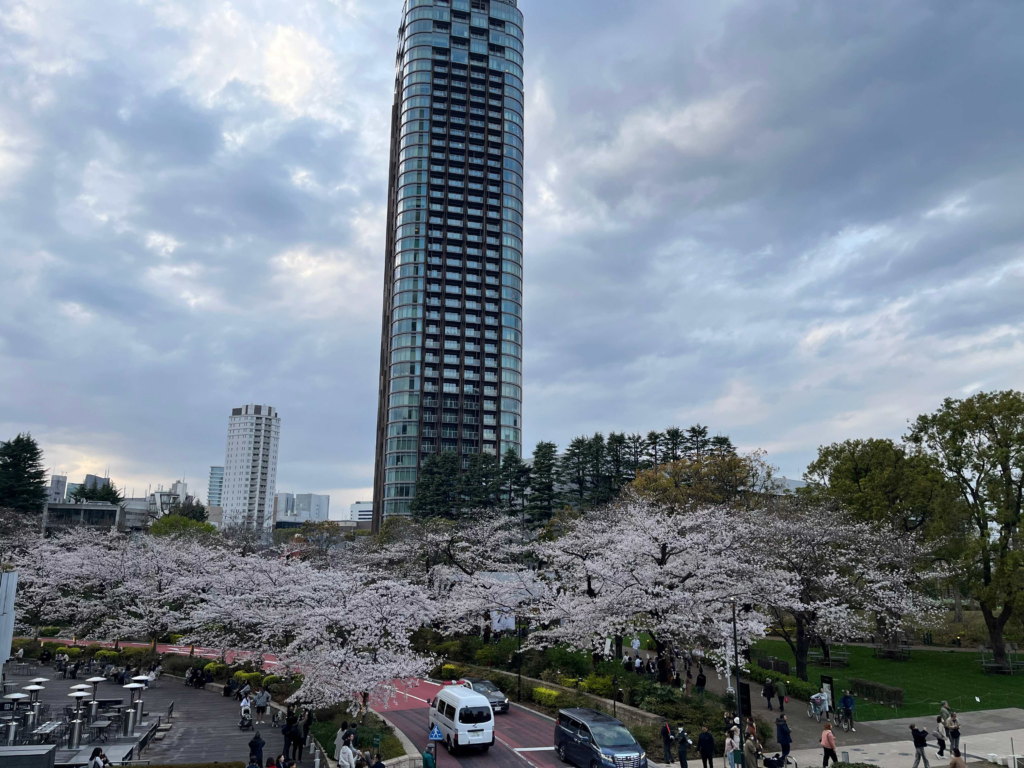Yukiko Sanawo, Professor (Full) at University of the Sacred Heart, Tokyo, Japan
From March 24th to 27th, 2025, I had the privilege of visiting Estonia as part of my ongoing research on multilingual education.
The complex challenge of educating children in multilingual environments has attracted increasing attention in recent years, particularly in the context of globalization and rising migration. Since 2021, I have been part of a collaborative research project titled “How to Educate Children in Multilingual Environments: An International Comparison of Learning Design for Academic Language Acquisition,” led by Professor Jun Shozawa of Rissho University, Japan. This initiative brings together 27 co-investigators from various universities, aiming to explore innovative approaches that support the academic development of school-aged children with foreign backgrounds entering Japanese schools without Japanese language proficiency. Our goal is to identify effective language education designs across different age groups through international comparison.
In my role focusing on Northern European countries, I had previously been studying Sweden and Latvia. However, the recent educational reforms in Estonia, which aim to expand the use of Estonian as the primary medium of instruction, drew my attention. I decided to visit Estonia to better understand how educators are navigating this transition while continuing to support multilingual education.
Thanks to a thoughtful recommendation from a colleague at Tallinn University, I reached out to Ms. Ene Peterson. I am profoundly grateful to Ms. Peterson, whose support far exceeded my expectations. She immediately grasped the goals of my research and generously connected me with a network of language education experts through the Estonian Association of Foreign Language Teachers. Her warm hospitality and enthusiasm played a central role in the success of my visit.
During my stay, I had the honor of meeting esteemed scholars such as a teacher of Finnish Karola Verberg, Professor of the Estonian Language Reili Argus, and Associate Professor Tiina Rüütmaa at Tallinn University. I also visited Viimsi School and Multilingua Language Centre, where I was fortunate to observe various language lessons. I was deeply impressed by the high quality of instruction and the remarkable motivation of the students.
Coming from Japan, a predominantly monolingual society with a population still over 124.5 million (roughly 100 times larger than Estonia), it was truly eye-opening to witness the widespread multilingual competence of Estonian people. Although learning Estonian as a second language poses challenges for students whose mother tongues are Russian, Ukrainian, and other languages, I observed a strong eagerness among learners not only to master Estonian but also to develop proficiency in English and additional foreign languages.
What struck me most was the strength and unity of Estonia’s language education community. The collaborative spirit fostered by the various language teacher associations, especially under the umbrella of the Estonian Association of Foreign Language Teachers, is inspiring. Their efforts to organize professional development workshops and promote information sharing have created a supportive and collegial environment for educators.
This visit left a lasting impression on me. The Estonian people’s dedication to language education, their resilience during a period of reform, and their warm and open-minded attitude toward international collaboration are qualities we in Japan can learn from. Estonia serves as a powerful example of how a small nation can embrace multilingualism and global citizenship with confidence and grace.
Acknowledgment
This field visit to Estonia was made possible through the support of the Grant-in-Aid for Scientific Research (A) by the Japan Society for the Promotion of Science (JSPS) [21H04414]. I would like to express my heartfelt appreciation to Ms. Ene Peterson, Chair of the Estonian Association of Foreign Language Teachers, and the Board Members, Ms. Pille Toompere and Ms. Karola Verberg, and a Board Member of the Association of Techers of Estonian as a Second Language Ly Leedu for their generous cooperation, valuable insights, and warm hospitality. Their openness and support have been invaluable to my research and personal understanding.
Fotod (Yukiko Sawano)


